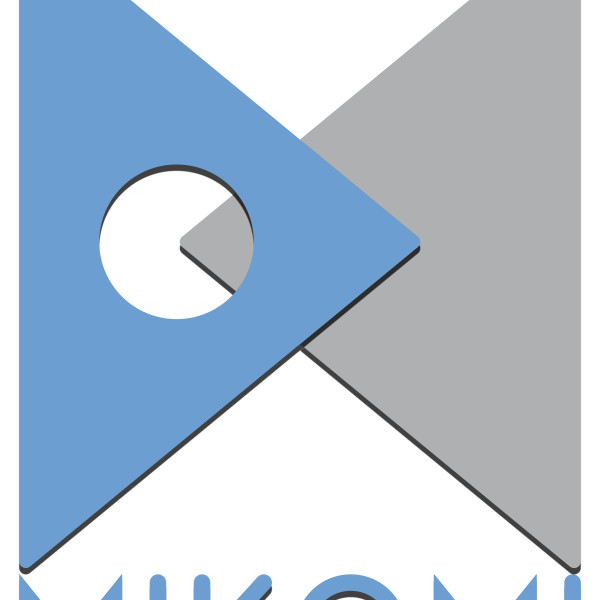5 key facts about this project
The design represents a blend of contemporary aesthetics and practicality, focused on enhancing the living or working experience of its inhabitants. The architects have prioritized functionality throughout the planning process, ensuring that each element within the space contributes to the overall utility of the structure. The layout is strategically organized to promote efficient movement and interaction, enhancing social engagement while catering to private needs.
The project's façade is an essential feature, characterized by its thoughtful choice of materials and design strategies. Concrete and steel frame the structure, providing durability and strength, while large expanses of glass invite abundant natural light into the interior spaces. This choice not only optimizes energy efficiency but also creates a visual connection to the exterior environment, reinforcing the inhabitants’ relationship with nature. The wooden accents provide warmth, fostering a welcoming atmosphere that contrasts beautifully with the industrial materials employed. The integration of stone elements pays homage to the local geology, anchoring the building firmly within its context.
Attention to detail is evident throughout the project, particularly in the landscaping, which complements and enhances the architectural design. Outdoor spaces, such as terraces, gardens, or courtyards, serve as extensions of the interior, facilitating outdoor activities and providing communal areas for interaction. This thoughtful integration of landscaping encourages biodiversity and aligns with the growing emphasis on sustainability in architecture. The project incorporates green technologies such as rainwater collection systems and solar panels, which highlight its commitment to reducing environmental impact and promoting resource efficiency.
Unique design approaches are prominently featured, showcasing a keen awareness of the user's experience in the space. Particular attention has been paid to spatial configuration, creating transitions between private and communal areas that are intuitive and inviting. The architectural layout encourages not just movement through the space but connectivity among its various functions. The flow from shared areas to private zones ensures a balance of community and solitude, essential for contemporary living and working environments.
Furthermore, the architects have explored innovative solutions for thermal comfort and lighting, drawing on passive design principles that enhance the building's operational efficiency. The seamless integration of these features underscores the project's focus on creating a sustainable environment that minimizes energy consumption without sacrificing comfort.
This architectural endeavor stands as a testament to the harmonious relationship between design, function, and context. With its careful consideration of materiality and user experience, the project offers insights into contemporary architectural practices that prioritize sustainability while celebrating local identity.
For readers interested in deeper insights into the project, including architectural plans, architectural sections, and other architectural ideas, it is highly recommended to explore the project presentation further. The details within these documents reveal the thoughtful planning and innovative design solutions that define this project, contributing to a better understanding of its significance in the field of architecture.


 Silvestro Balbi
Silvestro Balbi 




















